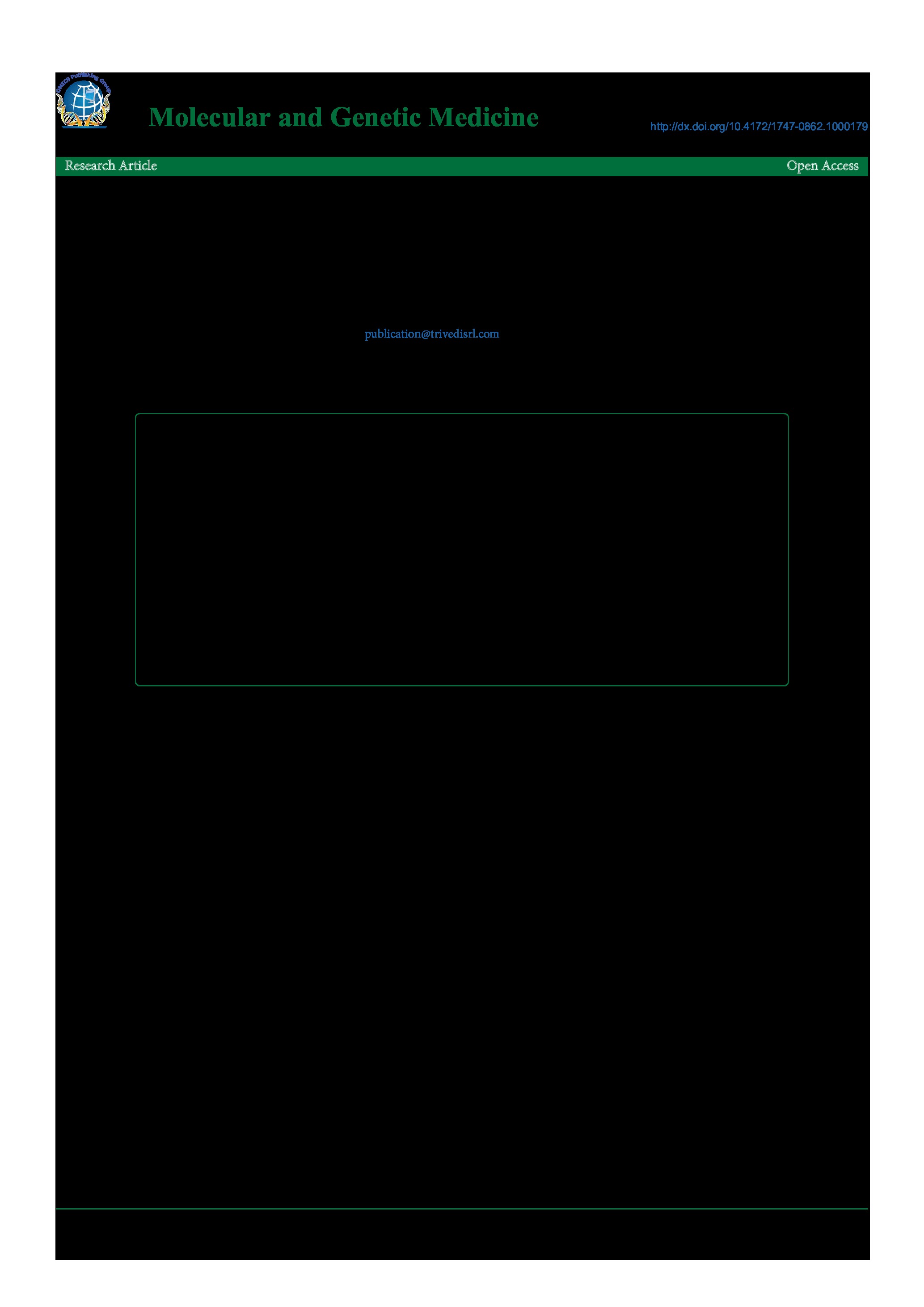Evaluation of Phenotyping and Genotyping Characterization of Serratia marcescens after Biofield Treatment
Affiliation
Trivedi Global Inc., Trivedi Science Research Laboratory Pvt. Ltd.
Main category
Natural Sciences (Biology)
Abstract
Serratia marcescens (S. marcescens) is Gram-negative bacterium, associated with hospital-acquired infections (HAIs), especially urinary tract and wound infections. The present study was aimed to evaluate the impact of biofield treatment on phenotyping and genotyping characteristics such as antimicrobial susceptibility, biochemical reactions, biotype, DNA polymorphism, and phylogenetic relationship of S. marcescens (ATCC 13880). The lyophilized cells of S. marcescens were divided into three groups (G1, G2, and G3). Control group (G1) and treated groups (G2 and G3) of S. Marcescens cells assessed with respect to antimicrobial susceptibility, and biochemical reactions. In addition to that, samples from different groups of S. marcescens were evaluated for DNA polymorphism by Random Amplified Polymorphic DNA (RAPD), and 16S rDNA sequencing in order to establish the phylogenetic relationship of S. marcescens with different bacterial species. The treated cells of S. marcescens showed an alteration of 10.34% and 34.48% antimicrobials in G2 and G3 on 10th day, respectively as compared to control. The significant changes of biochemical reactions were also observed in treated groups of S. marcescens. The RAPD data showed an average range of 16-49.2% of polymorphism in treated samples as compared to control. Based on nucleotide homology sequences and phylogenetic analysis, the nearest homolog genus-species was found to be Pseudomonas fluorescence. These findings suggest that biofield treatment can prevent the emergence of absolute resistance to the useful antimicrobials against S. Marcescens.
DOI
10.18147/smn.2016/paper:113
Do you have problems viewing the pdf-file? Download paper
here
If the paper contains inappropriate content, please
report the paper. You will be redirected to the landing page.
